PHILIPPE BOLTON
HANDMADE RECORDERS & FLAGEOLETS
HOW A BELL KEY WORKS ON A RECORDER
In a pipe open at both ends there is always a velocity antinode (a low pressure zone with maximum movement of the air molecules) at each end, and one or more velocity antinodes (high pressure zones with no movement) somewhere between them. Flutes and recorders work like this, the "embouchure" or "window" acting as an open end.
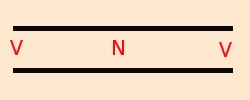
|
ou |
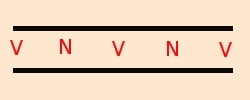
|
etc. |

On the other hand, in a pipe closed at one end, like a pan flute or a stopped organ pipe, there is always an antinode at the open end and a node at the closed one.
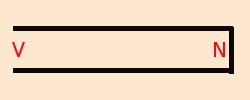
|
ou |

|
etc. |
A bell key temporarily transforms the bottom part of the recorder, from the last open hole downwards, into a stopped pipe, at the end of which only a node can form.
The effect of this is to drag all the nodes downards, making the vibrating sections longer, and thus lowering the frequency of the note.by about a semitone.
The two pictures below demonstrate how the air column works for the fingering for high d (bell open) and high c# (bell closed) on a tenor recorder in c. The top of the instrument is on the left, the bell on the
right. The yellow graph shows the pressure variations, the green one indicates the velocity variations in the vibrating air column.
The lower part shows the bore profile of the instrument and which holes are open or closed.
From these pictues it can be seen that for the same fingering the nodes (N) are further apart when the bell is closed, giving a lower frequency.
 = pressure graph (white)
= pressure graph (white)  = velocotiy graph (green)
N = velocity node (maximum pressure)
= velocotiy graph (green)
N = velocity node (maximum pressure)
D3 - bell key open
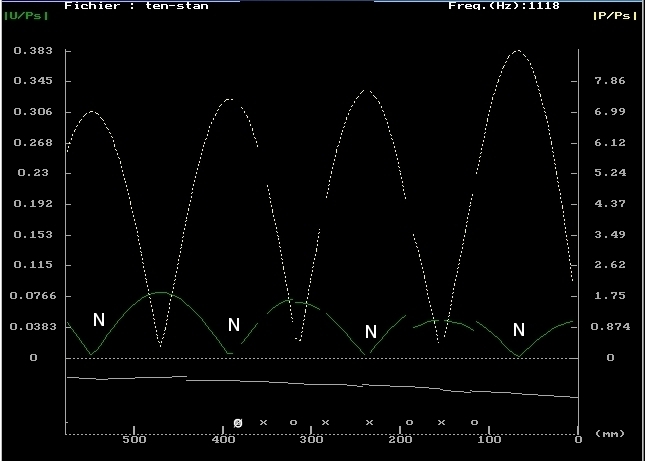
C#3 - bell key closed :
a velocity node (N) has formed at the end, and the position of the other nodes has changed.
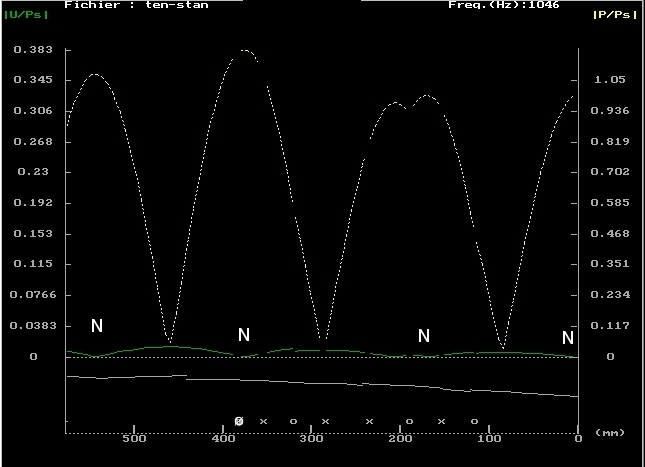
x = closed hole o = open hole Ø = partially closed hole
Other high note fingerings work on the same principle. The closed bell key causes a velocity node to form at the end each time, and modifies the position of the other nodes.